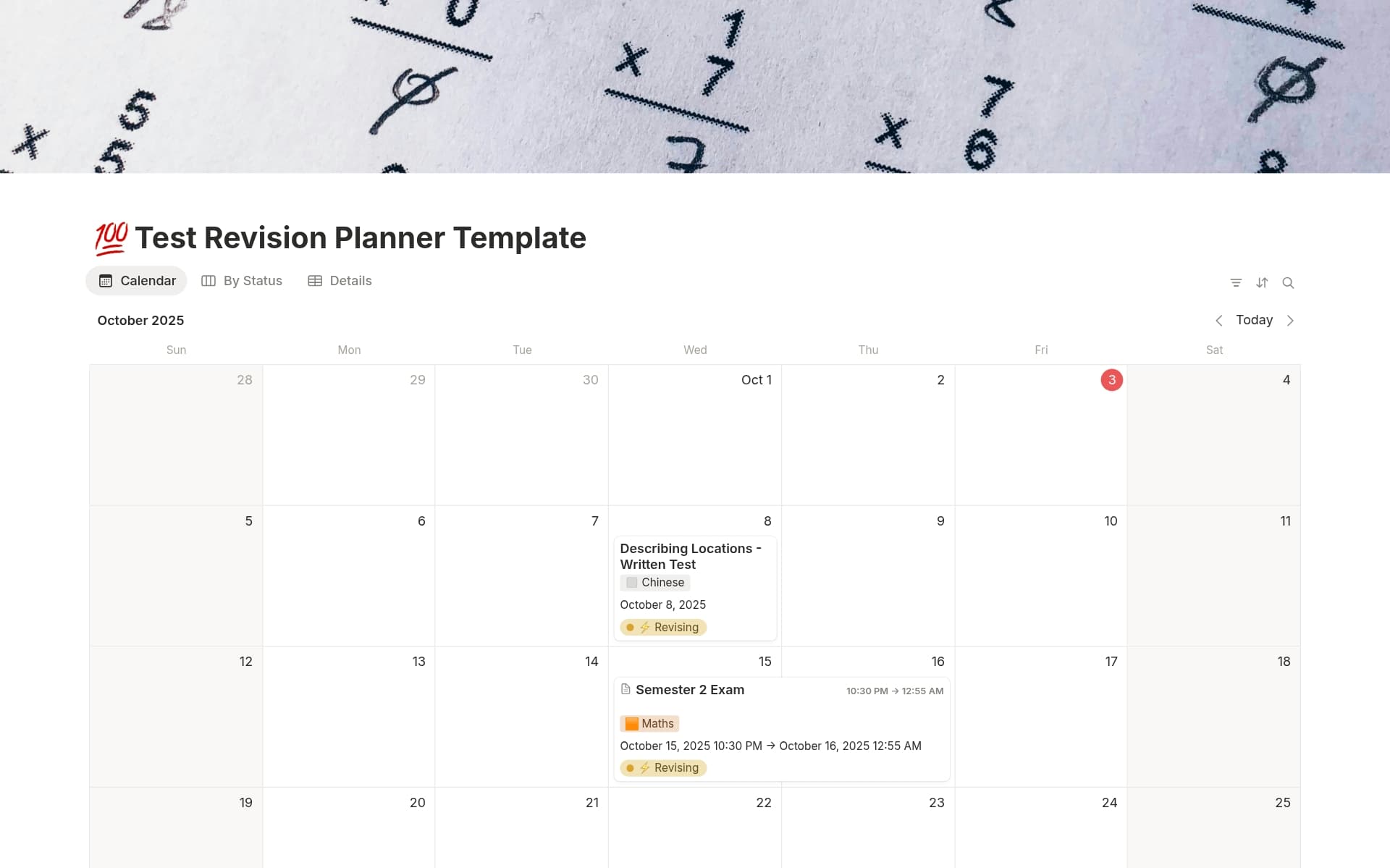Understanding User Journey is a strategic process for Product Strategists seeking to enhance product experience and meet customer expectations effectively. A User Journey template fosters structured planning and insight into the user’s experience, aiding strategists in identifying opportunities for enhancement and innovation within the product lifecycle. Before embarking on creating your own User Journey template, exploring these examples can simplify the process, ensuring a solid foundation for mapping out your strategy.
What Should User Journey Templates Include?
Choosing the right User Journey Template is crucial for effectively mapping out the customer's experience with your product. Here are key components to look for in a high-quality template:
Customer Segments: The template should clearly differentiate between various customer segments to tailor the journey according to each group's specific needs and behaviors.
Touchpoints: It must identify all possible customer touchpoints. This includes both digital and physical interactions throughout the customer lifecycle.
Emotional Journey: Look for templates that map out the emotional highs and lows experienced by the customer at different stages of their journey.
Actionable Insights: The best templates not only describe the journey but also provide insights on possible actions to enhance the customer experience.
Selecting a template with these components will ensure a comprehensive understanding and effective management of your user's journey.
What Should User Journey Templates Avoid?
Choosing the right User Journey Template is crucial for effective product strategy planning. However, certain elements can detract from the template's usefulness. Here are three key components to steer clear of:
Overly Complex Elements: Avoid templates that include too many intricate details or complex elements. These can overwhelm users and obscure the main journey insights.
Generic Content: Steer clear of templates that are too generic. Templates should offer customization options to reflect specific user behaviors and needs relevant to your product.
Static Structure: Avoid templates that do not allow for dynamic updates. User journeys evolve, and so should your template, accommodating new data and insights.
Selecting a template devoid of these pitfalls will ensure a clearer, more adaptable path in mapping out user interactions and improving product strategies.




